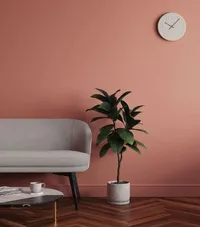Which wall should be the accent wall in a living room? Designers explain the easiest way to pick
If you want to create an accent wall in your living room, the wall you choose is important in achieving the result you want
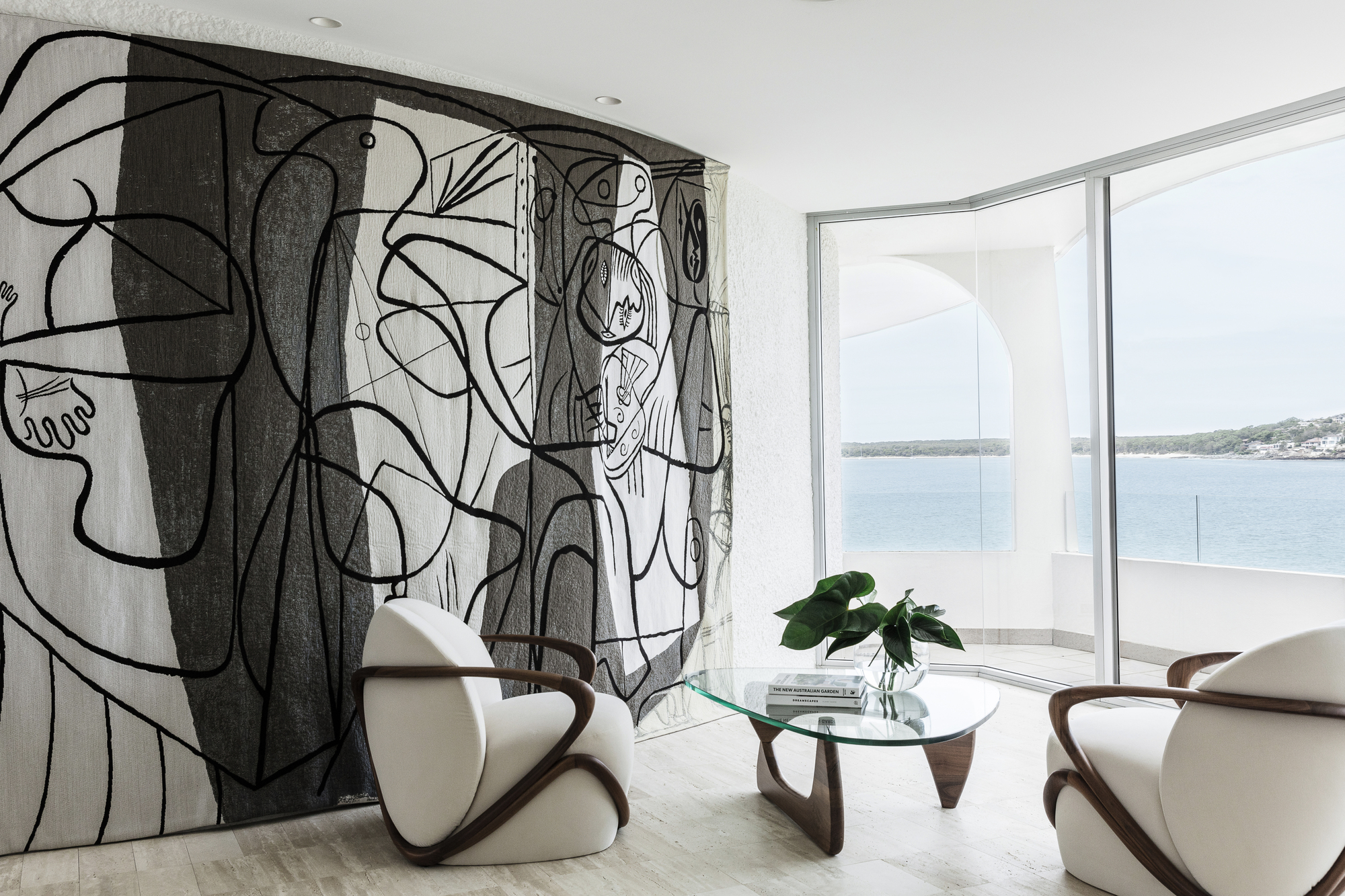

Creating an accent wall in a living room is a simple way to transform a lackluster interior into something dazzling. 'It's an easy way to deliver an instant update to a room - bringing depth and dimension as well as color, pattern, and texture,' says Philippe Desart, managing director at Arte. An accent wall can take all manner of forms too, from a simple lick of paint in a bold hue, to textured murals that deliver an unexpected punch to your living room design.
But introducing an accent wall requires some serious thought and you can't just update any old wall. There are so many factors to take into account. What are you wanting from your living room, are you trying to highlight a piece of furniture or distract from it? What kind of mood do you want to create, and last, but not least, what kind of natural light does the space receive? All these factors will determine which wall should be the feature wall in your living room design. We speak to the experts to find out they choose an accent wall in a living room.

Oonagh is a design writer and journalist, with a big black book of interior design contacts. For this article, she called on interior designers for simple advice on which wall to choose to make your accent wall make a real statement.
Which wall should be the accent wall in a living room?
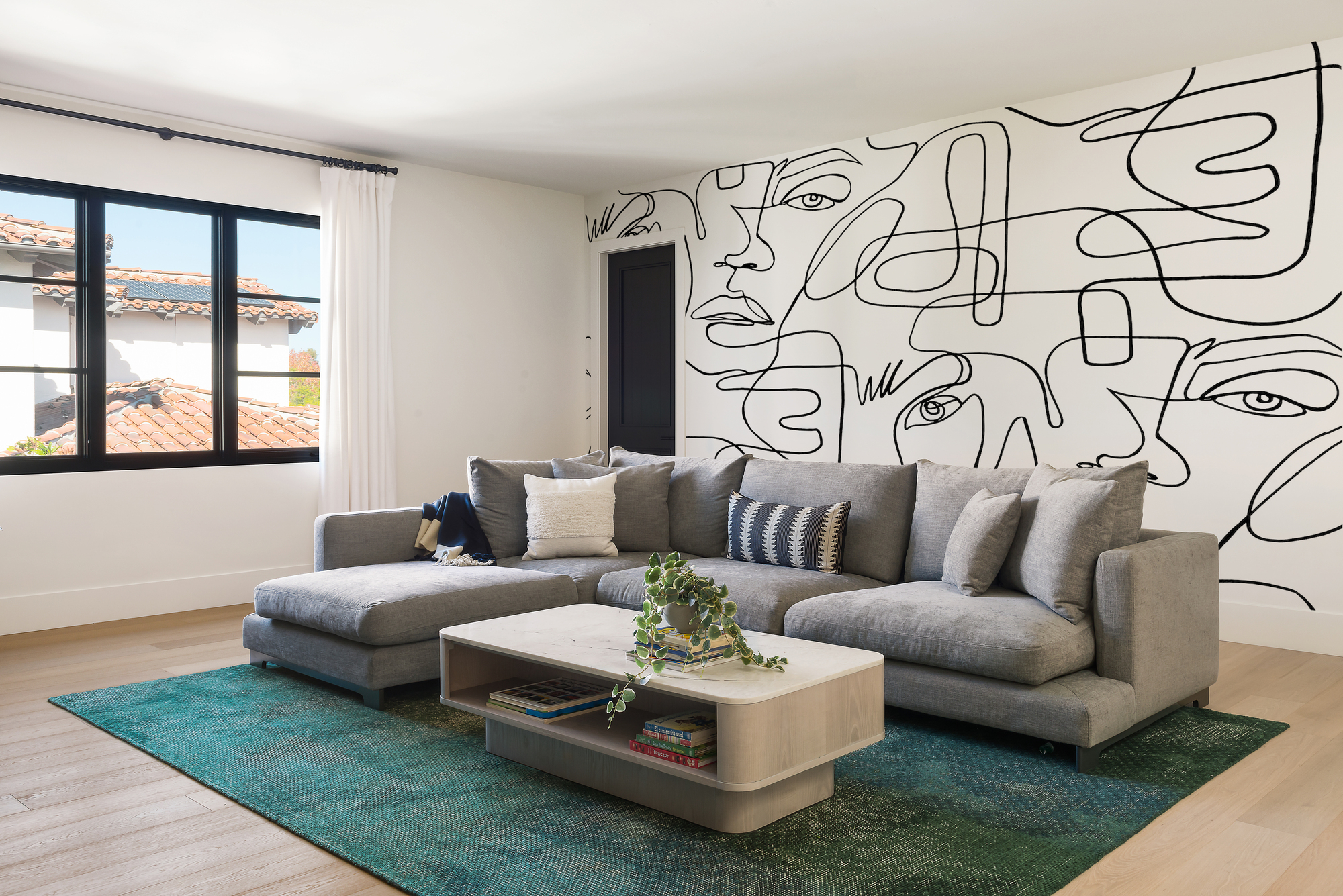
When selecting which wall should be host to your accent living room wall decor, firstly, you need to consider the overall design of the room. Is there an obvious place where the eye is drawn when you open the door? Does all the living room furniture in the space lead and point the same way, or are you trying to distract the eye from looking a certain way? These factors will help you choose the naturally dominant wall.
So often, the feature wall is the first wall you see opposite the door. 'For maximum impact, it’s best to choose the wall that you face as you enter the room; the wall that the eye naturally falls upon first. This is quite often this can be where the fireplace is as this creates its own focal point,' points out Philippe from Arte.
Consider the function of the room
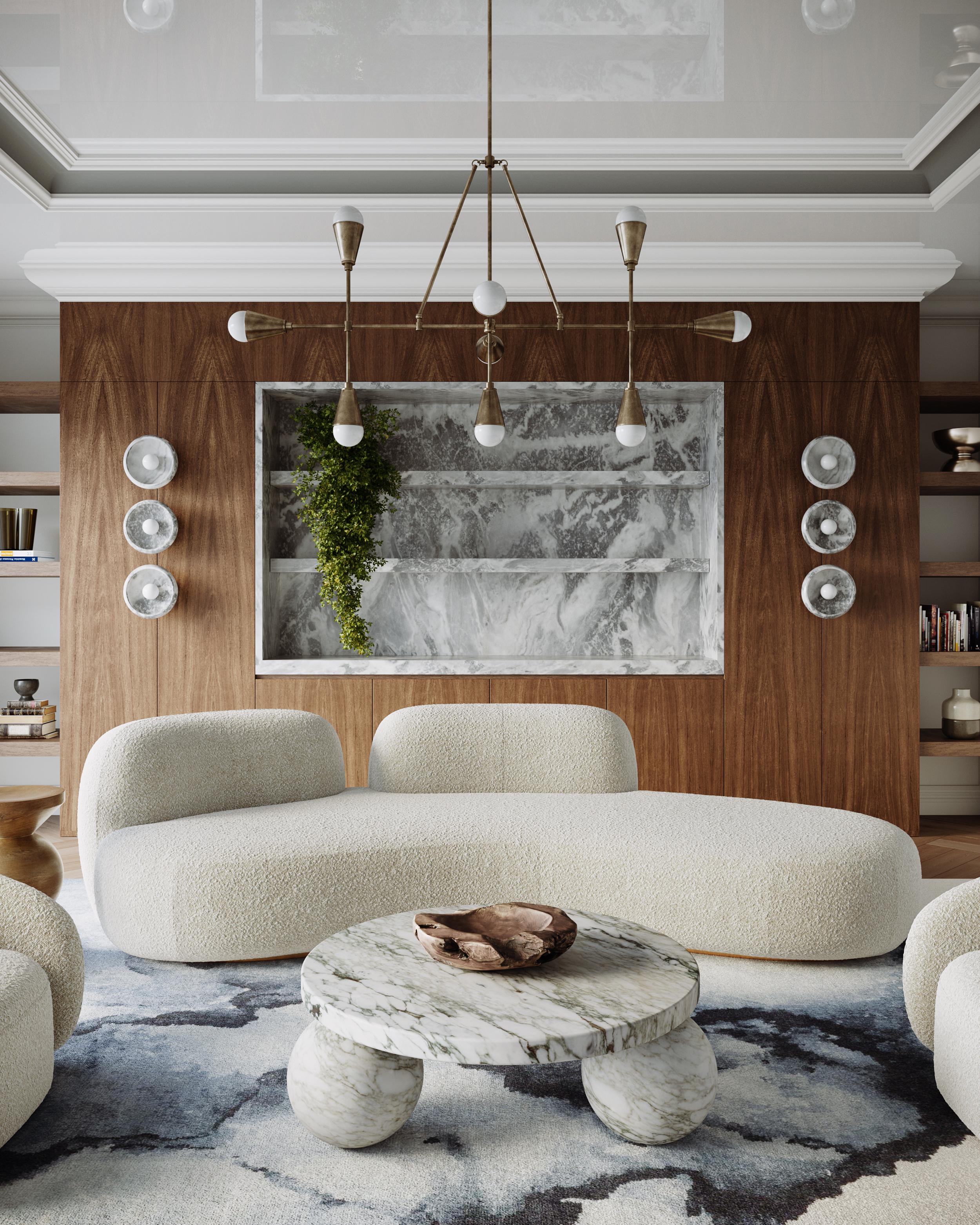
It is also important to think about how you wish to view the accent wall when within the room, considering whether your furniture faces it or not. For example, you could have the accent wall opposite the sofa, so that you can sit and enjoy the view, or if you prefer to create a vignette feel around the sofa, or indeed another favorite piece of furniture - a statement living room lighting or fireplace for example, then having the accent wall run behind it will create a beautiful backdrop and draw attention to that area. 'An accent wall should always feel purposeful and should be used as a focal point of a room, often that’s a wall with a fireplace or another interesting architectural feature,' says Melissa Read, creative director of Studio Burntwood.
Another thing to consider is what kind of tone you want to set in the room. A living room will require an accent wall that will make the space more inviting. Perhaps you want to create a calming mood in the room, or a cozy sanctuary. This will help you decide what your accent is going to be - from dark paints to exposed brick.
Finally, think about what won't make a good accent wall. 'It’s important to keep in mind whether the wall is a blank canvas or if there are windows or other features you will need to work around,' says Stephanie Lindsey from Etch Design Group. The best accent wall won't be broken up with windows and doors. 'I also recommend not choosing a wall that is bound to get dirty, for example near the cooking area of a kitchen or walls that are inaccessible and tedious to clean,' adds Amanda Gunawan of OWIU.
The Livingetc newsletters are your inside source for what’s shaping interiors now - and what’s next. Discover trend forecasts, smart style ideas, and curated shopping inspiration that brings design to life. Subscribe today and stay ahead of the curve.
Think about natural light

It's important to consider which way the light comes into the room, where your windows are, and what way your home faces, and how this impacts the space, in particular, the living room color.
If you're planning a block paint-colored accent wall, bear in mind that paint changes subtly throughout the day according to what kind of light is shining on it. In north-facing rooms, like can look cooler and blueish. In a south-facing home, ' rooms are often bathed in warmer light, making colors appear more yellow,' says Ruth Mottershead, creative director at Little Greene. In an east-facing room, light is bright in the morning but turns bluer later in the day, while in west-facing rooms, evening light is beautiful and warm. Think carefully about which way the room paints, and how it hits the wall before taking the paint all over the walls.
Meanwhile, wallcoverings have more than just color to think about. 'The beauty of wallcoverings is not just limited to pattern and color, it is also very much about the texture and that sense of depth created by the materiality,' says Philippe. 'With this in mind, opting for a wall where the natural light falls will ensure that every finer detail of the design is shown at its best.' The above is a prime example of detailing shown off by natural light, from Brendan Wong Design.
Think about how accent wall color will affect you
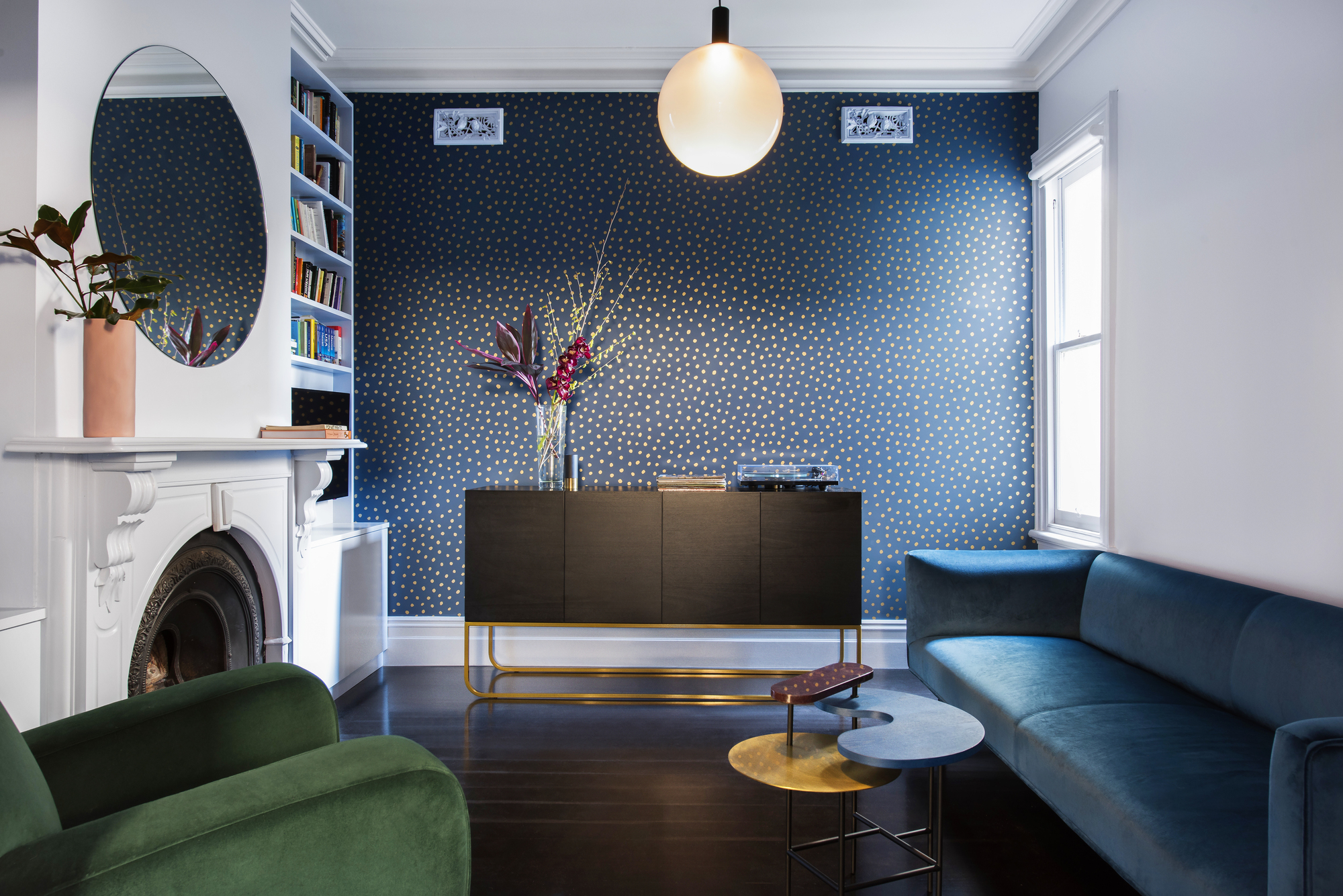
'When choosing color, consider the atmosphere you want to create,' advises Ruth of Little Greene. 'If you would like to create a peaceful retreat, consider combining soothing neutrals in contrasting strengths to create a space that feels soothing and cocooning. Where using bold color all-over feels a little overwhelming, try using a contrasting highlight color on a single wall, or make a feature out of architectural detailing such as a window frame or door, there are so many ways to introduce color into a space, don’t feel you need to go bold on all four walls to add color to your home.' If you want to introduce a color that may feel intense to look at too often, that's when you may consider positioning an accent wall behind a sofa, rather than behind a TV.
Think about the skirting too, advises Tash Bradley, director of interior design at Lick. 'If you are doing one wall in a colour or a wallpaper, what you must do is take that wall colour down onto the skirting so that you don’t leave a white sock strip of skirting. Even take the colour around the whole skirting and onto the door as it gives the room confidence and makes it feel more considered.'
A good rule of thumb when picking color for your living room is to follow the 60-30-10 rule. This rule helps you break up color so that you're not left with too many overwhelming colors in one space. According to the rule, 60 percent of the scheme should be one color, 30 percent should be a second accented color, displayed on chairs, rugs, sofas, or maybe your chosen wall, and 10 percent should be a third color dotted around the room in the form of artwork, small touches and accessories. ‘The golden rule can be a great tool to use in creating a cohesive and comforting living area,' says Martin Waller of Andrew Martin.
Consider the ceiling, too
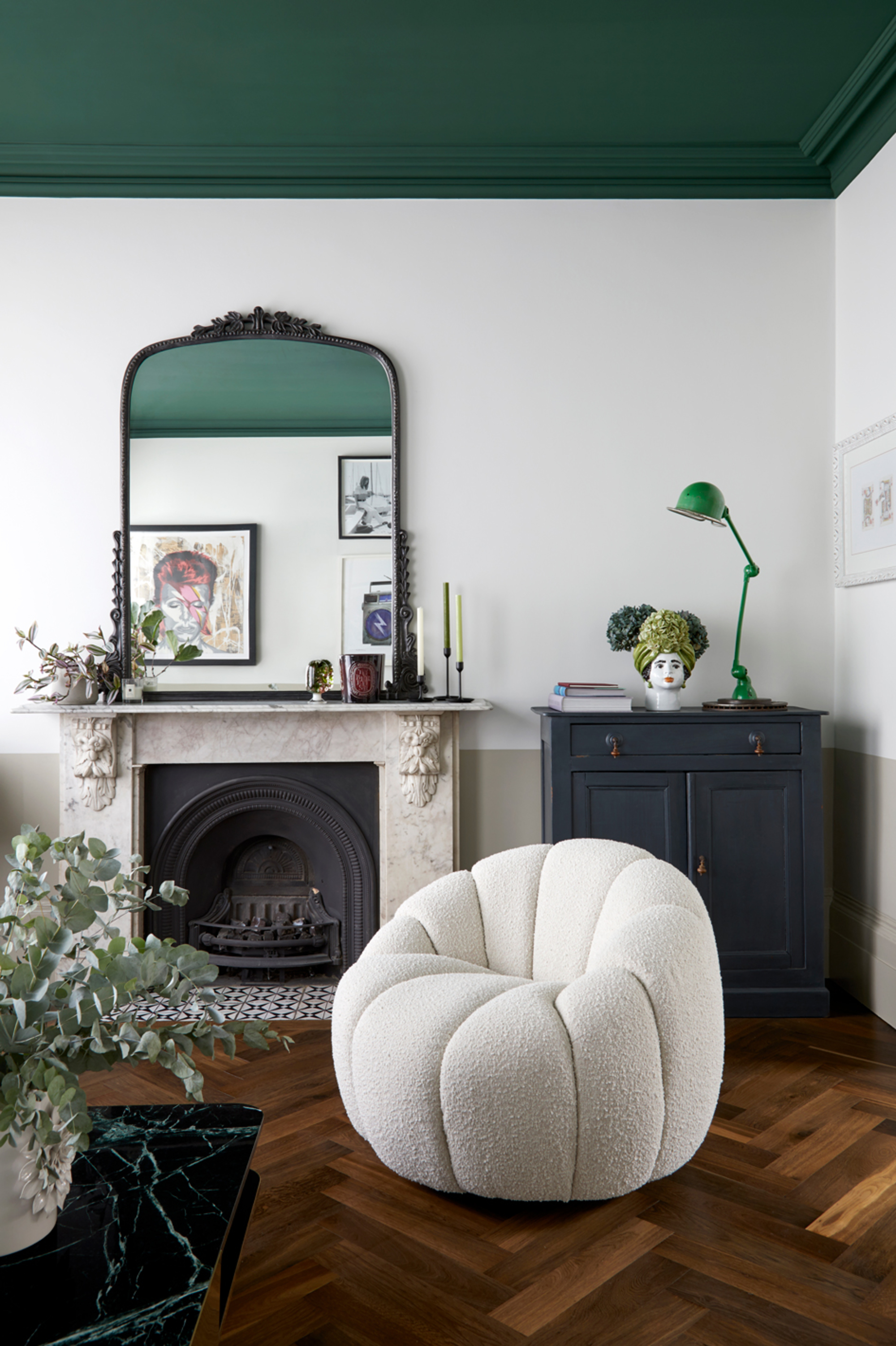
A ceiling can be considered the 'fifth wall', and if you move away from the school of thought which dictates the ceiling must be painted white, you can make a feature out of it using paint. One of the benefits of painting the ceiling as an accent wall is that it can help to create the illusion of a taller room. This is especially effective in small rooms or rooms with low ceilings. Painting the ceiling a dark color can also help to create a cozy, intimate feeling in a room. In this example from Indie & Co, the choice of dark green color on the ceiling gives an effect of a canopy of trees overhead, reinforcing feelings of comfort and nature.
'Your ceiling is your fifth wall so give it some love and attention and paint it,' says Tash. 'I absolutely love a painted ceiling as it’s a great way to bring personality into a space without it feeling overwhelming. It also allows you to play with the proportion size of the room, and it means that the rest of the room can be a soft neutral and you can have a bold color on your ceiling.'
Finally, you could also illuminate your accent ceiling with clever LED lighting ideas to really make the most of the feature.

Former content editor at Livingetc.com, Oonagh is an expert at spotting the interior trends that are making waves in the design world. She has written a mix of everything from home tours to news, long-form features to design idea pieces, as well as having frequently been featured in the monthly print magazine. She is the go-to for design advice in the home. Previously, she worked on a London property title, producing long-read interiors features, style pages and conducting interviews with a range of famous faces from the UK interiors scene, from Kit Kemp to Robert Kime. In doing so, she has developed a keen interest in London's historical architecture and the city's distinct tastemakers paving the way in the world of interiors.
